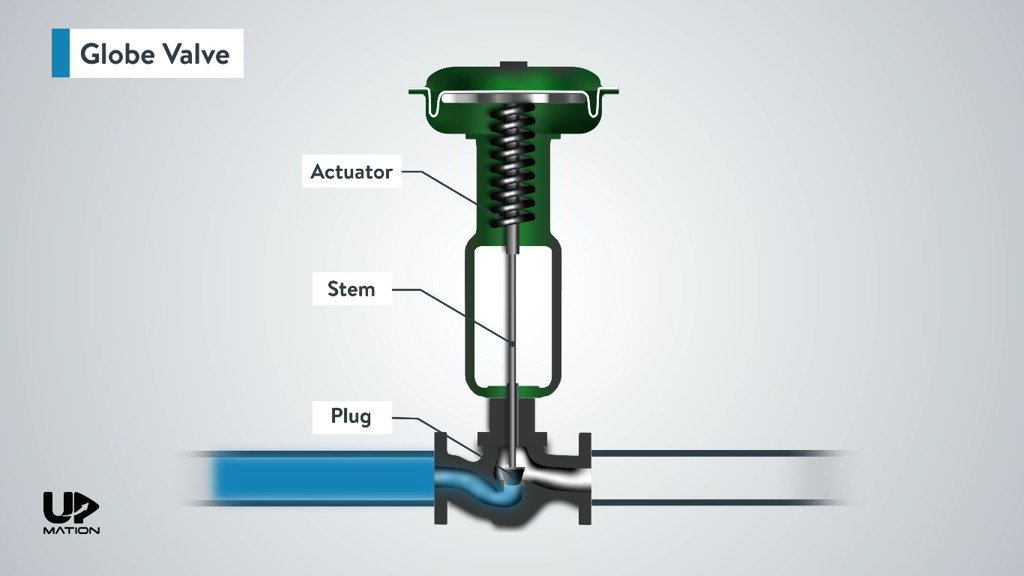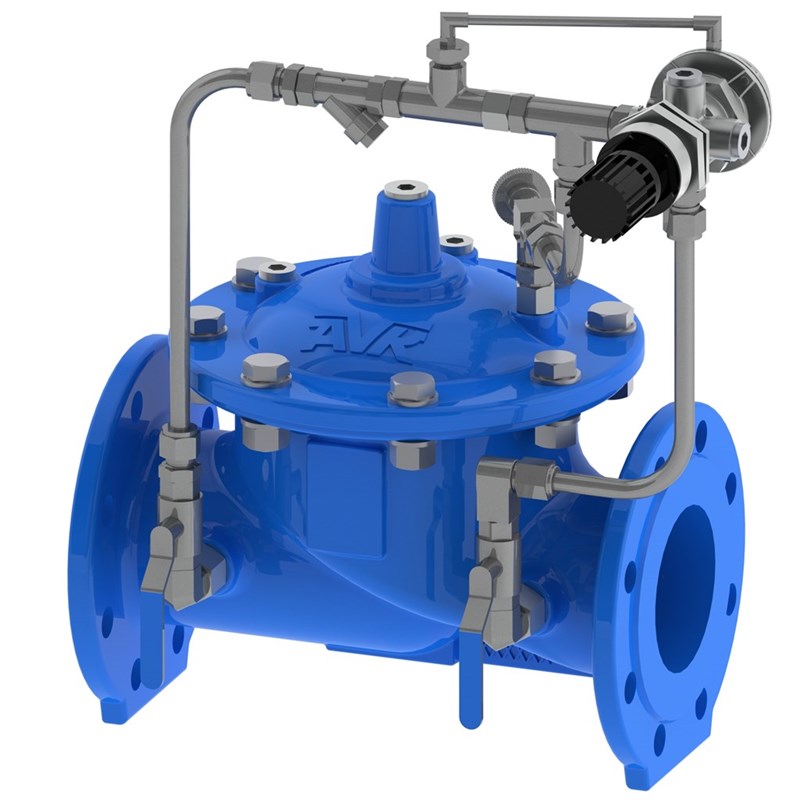Enhancing Operational Performance with Advanced Control Valves
Enhancing Operational Performance with Advanced Control Valves
Blog Article

Maximize Energy Financial Savings and Comfort With Advanced Building Automation Controls
In the world of modern style and facility monitoring, the combination of sophisticated building automation controls stands as a pivotal advancement. The merging of innovation and sustainability has birthed a new period where power effectiveness, comfort optimization, and operational streamlining are no much longer distant aspirations yet possible facts. By taking advantage of the power of automation, structures can adapt, respond, and progress in manner ins which were as soon as unimaginable. The capacity for considerable power savings and improved comfort is not simply a possibility however a promise waiting to be fulfilled. This paradigm shift in structure administration holds the key to unlocking a globe where ecological conscientiousness and occupant health sympathetically exist side-by-side within the wall surfaces of our frameworks.
Energy Effectiveness Benefits
Energy performance advantages can substantially lower energy intake and operational prices in buildings. By carrying out energy-efficient practices and modern technologies, building owners and operators can accomplish significant savings while also adding to ecological sustainability. One of the main advantages of boosting energy effectiveness in structures is the reduction of energy bills. Energy-efficient systems, such as innovative building automation controls, can enhance the usage of resources like lighting, cooling, and heating, leading to reduced power expenditures gradually.
In addition, boosted power performance can prolong the lifespan of building devices and systems. By operating extra successfully, heating and cooling systems, lighting fixture, and other building components experience less damage, resulting in minimized upkeep and replacement costs. Additionally, energy-efficient structures commonly command higher building values and rental rates, giving long-lasting monetary advantages to owners.
In addition, energy effectiveness can boost resident convenience and performance. Appropriately regulated interior environments with optimal illumination and thermal problems produce an even more pleasurable and helpful work space, resulting in boosted worker satisfaction and performance. Generally, the power performance advantages connected with sophisticated building automation controls are diverse, incorporating price financial savings, environmental stewardship, and passenger well-being.
Improved Comfort Control
Enhancing convenience control in structure atmospheres needs an advanced combination of sophisticated automation systems for optimum owner health. By utilizing advanced building automation controls, facilities can customize the interior environment to satisfy the certain demands and preferences of owners. These systems allow exact law of lights, temperature level, and air flow, creating a productive and comfortable ambience. Occupant fulfillment and efficiency are closely connected to thermal convenience, making it necessary to have systems in location that can adapt to transforming problems in real-time.
By incorporating these sophisticated controls, buildings can not just boost convenience but additionally improve energy effectiveness by optimizing system operations based on actual tenancy and use patterns. Inevitably, focusing on passenger convenience via innovative automation systems leads to an extra enjoyable and healthier indoor environment.
Operational Efficiency Improvements

Additionally, the application of real-time monitoring and analytics devices enables structure operators to recognize energy inefficiencies and functional abnormalities immediately. By continuously monitoring power usage patterns and system efficiency metrics, modifications can be made in real-time to optimize power consumption and ensure peak functional effectiveness. control valves. Furthermore, integrating demand response strategies into structure automation controls can even more boost operational performance by dynamically changing energy use based on grid problems and prices signals
Indoor Environment Optimization
Effective interior environment optimization is an essential aspect of building automation controls, making certain residents' convenience and health while maximizing energy cost savings. By making use of innovative sensors and controls, developing automation systems can constantly keep track of and change temperature, humidity levels, air high quality, and air flow to create an optimum indoor setting. Maintaining constant and comfy conditions not only improves owner fulfillment yet also improves productivity and overall well-being.
Indoor climate optimization also plays a vital function in energy effectiveness. By fine-tuning ventilation, heating, and air conditioning systems based upon real-time information and occupancy patterns, developing automation controls can considerably reduce energy intake - control valves. Carrying out strategies such as demand-controlled ventilation and thermal zoning can aid lessen energy here are the findings waste while ensuring that each location of the building obtains the required conditioning.

Sustainable Setting Creation
Structure automation controls not just optimize interior environment conditions for power effectiveness and occupant convenience but additionally lay the foundation for creating a lasting environment via critical monitoring of systems and sources. By integrating advanced building automation modern technologies, such you could try here as sensing units, actuators, and smart software application, centers can readjust and keep track of power usage in real-time to decrease waste and minimize their carbon impact. These systems enable anticipating upkeep, identifying possible problems before they rise and enhancing equipment performance to enhance long life and effectiveness.
Furthermore, sustainable environment development expands beyond power monitoring to include water preservation, waste decrease, and interior air top quality improvement. Building automation controls can regulate water use, spot leaks, and make certain proper waste disposal techniques, contributing to general sustainability initiatives. In addition, by controlling and keeping track of air flow and filtration systems, these modern technologies boost occupant health and performance while reducing energy usage connected with a/c procedures.
Final Thought
In final thought, advanced building automation regulates deal considerable benefits in terms of energy savings, comfort control, operational performance, interior environment optimization, and developing a lasting atmosphere. By carrying out these controls, structures can attain optimum efficiency while reducing power intake and enhancing owner comfort. It is obvious that making use of innovative automation innovation is essential in boosting building efficiency and developing a more lasting future.
Power effectiveness benefits can considerably lower power intake and functional prices in buildings. Generally, the energy efficiency advantages associated with sophisticated structure automation controls are diverse, incorporating expense financial savings, environmental stewardship, and owner well-being.
Furthermore, integrating need feedback strategies into building automation controls can additionally boost functional efficiency by dynamically changing energy use based on grid conditions and prices signals.
Structure automation controls not only optimize interior climate conditions for energy performance and resident comfort yet also lay the foundation for producing a sustainable atmosphere through tactical management of systems and sources.In verdict, advanced building automation regulates deal substantial benefits in terms of energy financial savings, convenience control, functional effectiveness, indoor climate optimization, and creating a lasting setting.
Report this page